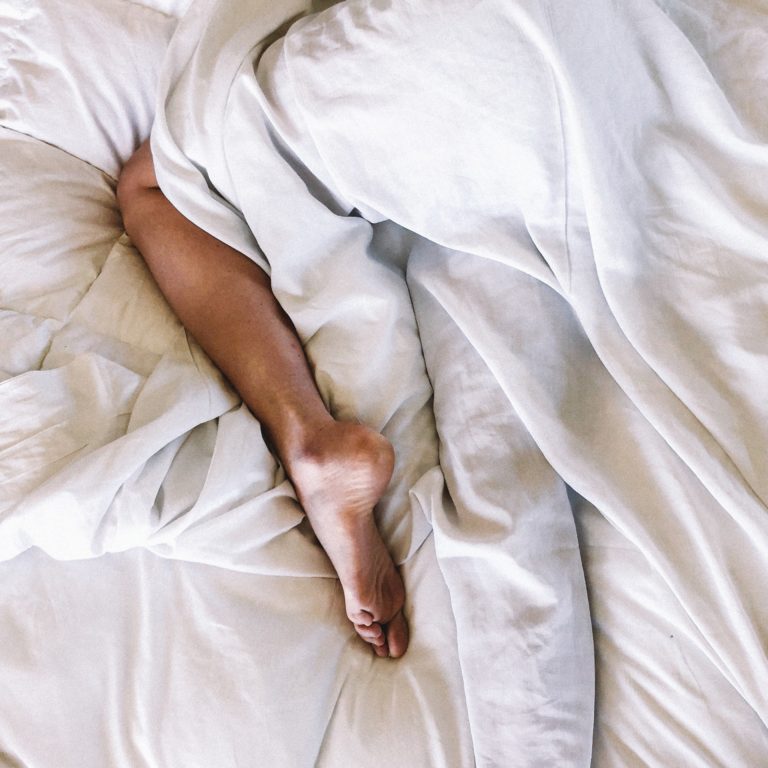
Gentle on the joints and good for fitness, rebounding is an all-round uplifting experience.
Have you heard about an exercise that improves the immune system, helps posture and lymphatic drainage, is joint-friendly but also strengthens your bones? And that after an initial outlay – a modest sum compared to most annual gym memberships – is free? In short, have you heard about rebounding, or exercising on a mini-trampoline? This amazing, safe, weight-bearing and fun exercise has all this and more.
Rebounding involves gentle jumps on a mini trampoline or rebounder, where your feet either don’t leave the surface or never go much higher than 15 centimetres off the mat and, thanks to the bounce and specially designed trampolines, it’s very low impact.
In the 1930s the modern trampoline for use in sport was created by two gymnasts in the US, and the first Trampoline World Championships brought wider fame in the 1960s. But it was US space agency NASA that gave rebounding the real seal of credibility. It adopted the exercise for astronauts who were returning from space mission, using it to help them regain bone density often lost by the gravitational changes experienced in space. A study published in the Journal of Physiology reported: ‘For similar levels of heart rate and oxygen consumption, the magnitude of the bio-mechanical stimuli is greater with jumping on a trampoline than with running.’
NASA discovered that rebounding is about 68 per cent more efficient than jogging or running. Some fitness trainers, such as Lauren Roxburgh, estimate that five minutes of rebounding is equivalent to 40 minutes’ running. But if there’s a deficit of research into rebounding’s benefits – companies are unlikely to fund studies they can’t profit from – there’s an abundance of anecdotal evidence from happy rebounders.
BENEFITS OF BOUNCING
Lymphatic system
Lymph is a fluid containing infection-fighting white blood cells that circulates around the body. The tonsils, adenoids, spleen and thymus are all part of the lymphatic system. Unlike the circulatory system, which has a pump (the heart) to move blood, the lymphatic system has no pump, so lymphatic fluid must move via movement and exercise. Rebounding creates a pump effect to stimulate the lymphatic system. The downward ‘push’ motion (through the feet, into the rebounder mat) forces the lymphatic valves to close while the ‘jump’ motion forces the valves to open. Bouncing moves and recycles the lymph many times during a rebounding session.
Toxin release
Rebounding helps to release toxins and clears them from the cells. Each time you bounce, every cell in your body gets a gentle squeeze that strengthens the cells and helps release toxins stored inside them.
Overall health
Rebounding for just 30minutes a day using good technique on a high-quality rebounder could help improve your posture, tone your muscles and offer glowing skin. Rebounding achieves a higher energy expenditure because your exercising body weight becomes heavier due to the effect of gravitational pull.
This article was originally published in Issue 13 – Note to Self



















